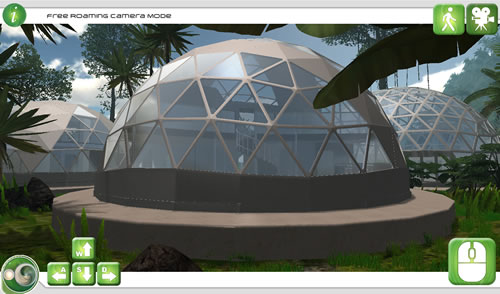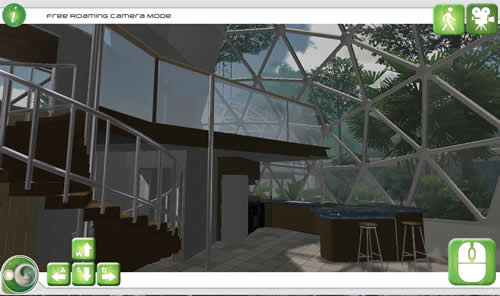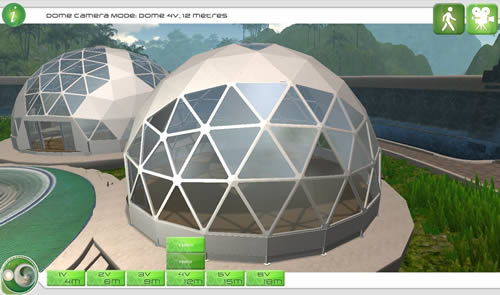- PO Box 989 Mullumbimby Contact us
- Call Us: +61 2 6684 3173
How Aquaponics Systems Work
An aquaponics system is one that allows for the seamless integration of both the rearing of aquatic animals and the cultivation of vegetation without soil. Animal and plant get to flourish in a system that is self sustaining and highly efficient. As a result, one is assured of abundant food production for both domestic and commercial use all year round. Excuses of poor climatic conditions, soil types, inadequate manpower and low energy can therefore not be entertained thanks to the aquaponics system. Let us take a look at how aquaponics systems work.
Components Of An Aquaponics System
An aquaponics system can mainly be divided into two: the aquaculture part and the hydroponics part. These parts do not operate in isolation. They are intertwined by a mechanism that allows for constant interaction. As such, the aquaponics system is composed of a number of components. These are the rearing tank, the settling basin, the biofilter, the hydroponics subsystem and the sump.
The Rearing Tank Of An Aquaponics System
Water in the aquaponics system is constantly in motion. Water that comes from the hydroponics part flows into the rearing tank of the system. The rearing tank of an aquaponics system is under the aquaculture part. As its name suggests, it is where the aquatic animals are reared. Aquatic animals reared in an aquaponics system are those that thrive in freshwater environments. They include fish, freshwater crayfish and snails. Some crabs have however been successfully reared in some aquaponics systems. Tilapia is by far the most common type of fish reared in the aquaponics system because of its rapid growth, large size and luscious taste. The rearing tank is filled with abundant food for fish such as duckweed, worms, algae and greens. Once water passes through the rearing tank, it settles into the settling basin.
The Settling Basin Of An Aquaponics System
Water from the rearing tank does not have its way into the hydroponics part without being taken through a series of checks. Food that is uneaten by the aquatic animals, detached biofilms and other particles contained in this water settle into the settling basin. These pigments are prevented from proceeding into the hydroponics part of the aquaponics system. The water then flows into the biofilter.
The Biofilter Of An Aquaponics System
Aquaponics systems are made of environmental friendly and non toxic materials that allow for the flourishing of bacteria. These bacteria come in handy in the biofilter component of an aquaponics system. The bacteria convert toxic ammonia into nitrates which can be absorbed by plants to synthesize proteins. This purified water then flows into the hydroponics subsystem.
The Hydroponics Subsystem Of An Aquaponics System
The hydroponics subsystem of an aquaponics system is where plants and vegetables are cultivated. The water that enters this component is nutrient-rich. The plants enjoy the numerous nutrients at the same time help in purifying the water by absorbing traces of ammonia which is toxic to aquatic animal. The common varieties of plants and vegetables cultivated include cabbages, tomatoes, peas, beans and roses. The water from the hydroponics subsystem then flows into the sump.
The Sump Of An Aquaponics System
The sump of an aquaponics system is the lowest point of the system where water flows into and out of it. Water that leaves the sump is one that oxygenated and cleaned thanks to the plants in the hydroponics subsystem. This water then flows back to the rearing tank and the cycle starts again.
Download the Sustainable Domes Walkthrough app now - just like our facebook page and look for the details.
15m Residential Dome

15m Residential Dome Internal

12m and 15m Residential Domes



